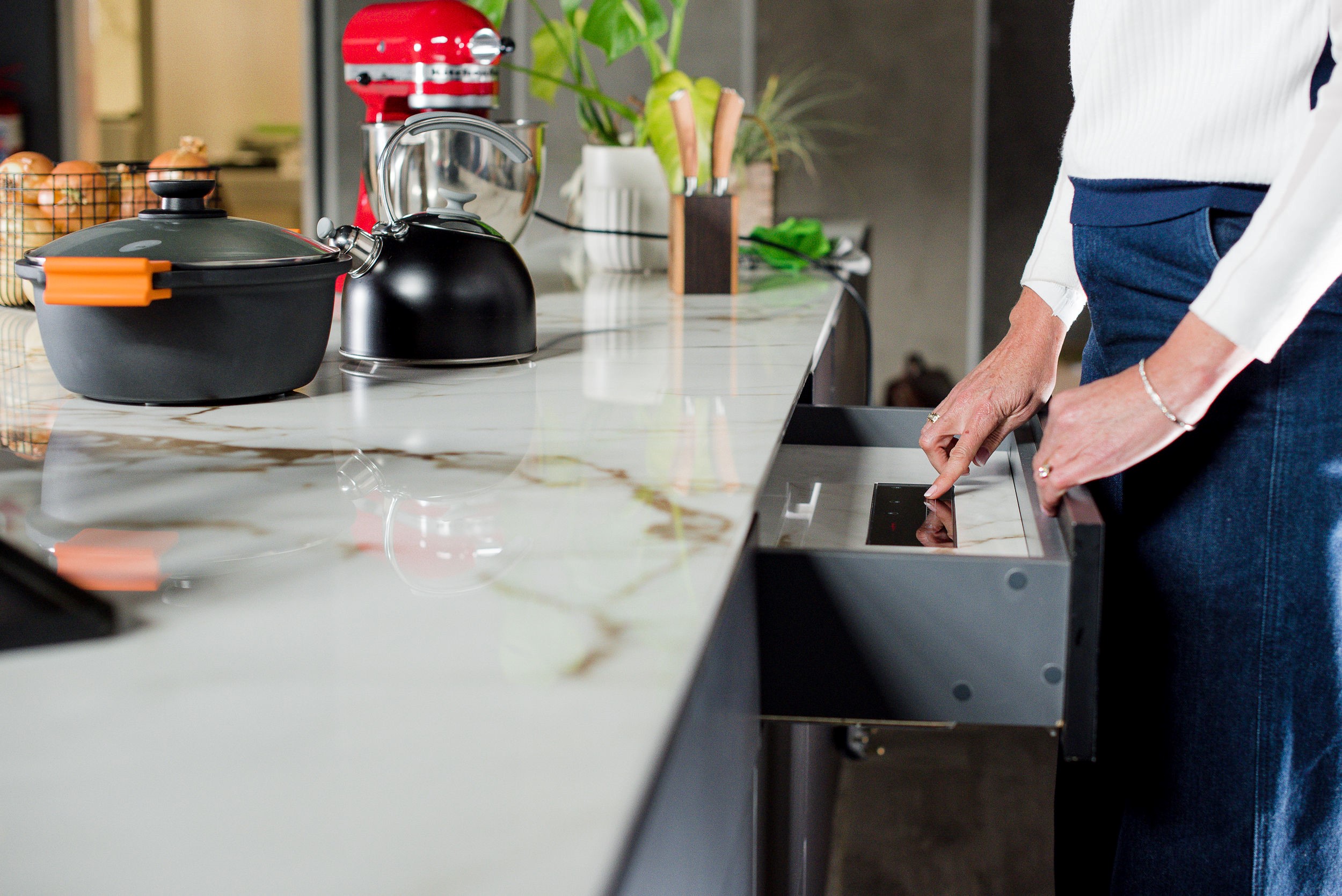How to Colour Your Candle Wax for Best Results?

As a candle-making beginner, familiarizing yourself with key terms and concepts is essential for a smooth start. Understanding the necessary materials and their roles is crucial for successful candle crafting. This knowledge will provide a solid foundation for your candle-making journey and help you create beautiful, functional candles.
Candles Fantasy can offer you many varieties of candles. They use Bekro dye to produce their candles using 100% natural wax.
Avoid using unapproved colour source
It is best to use approved candle colorants or dyes for colouring candle wax. While some may use crayons for personal candles, it is not recommended for selling. Additionally, some candle product lines remain natural off-white, so colouring is not mandatory. Ensure safety and compliance when crafting candles for commercial purposes.
Buy candles from the right source
- Candle supply stores typically offer approved candle wax dyes, ensuring safety and quality. If budget constraints arise, leaving candles natural is a viable option, especially for those using tins or decorative containers.
- Liquid candle dye is cost-effective and user-friendly, with a 2-ounce bottle costing around $5. A little goes a long way, used drop by drop. In contrast, wax colorant chips, priced at approximately $1 per ounce, can be messy and require more for colouring.
- While liquid dyes may not always blend well with certain waxes, they can be mixed for custom colours, and candle colorant wax chips tend to be versatile, though darker shades may affect candle performance.
Wax Melts
For those with artistic inclinations, wax melts offer a creative outlet without an open flame. They are designed for warmers, some utilizing tealights, but caution is essential with open flames. Warmers don’t require a wick, making them perfect for adding decorative colorants.
However, using crayons, food colouring, or acrylic paint is discouraged as they can damage the warmer. Instead, consider making wax melts in small jars or tins, marketing them as wickless candles to maintain fragrance purity.
- As a candle maker, it is crucial to grasp the fire risk associated with wax melts, especially when customers use warmers with open flames. Always include a warning label with care instructions.
- While some unconventional items like dried flowers can be added to wax melts for aesthetics, they may pose fire hazards, so discretion is vital. Use such decorative elements sparingly. Shimmering mica or fine glitter can be safe and add a unique touch to wax melts, usually without staining or flammability concerns.
It is important to remember that if an additive is flammable on its own, it remains flammable when added to a candle or wax melt. Adding embellishments does not enhance the scent of the product, and a burnt smell is undesirable. Ensuring a clean and enjoyable experience for customers is crucial in maintaining a positive reputation in the candle-making business.
Conclusion
Understanding essential terms and materials is vital for a successful start as a candle-making beginner. For colouring wax, it is advisable to use approved candle dyes. Liquid dyes are cost-effective and versatile, but ensure they are compatible with your wax type. Wax melts offer a creative outlet, but require caution, and using flammable additives should be avoided for safety and customer satisfaction.







